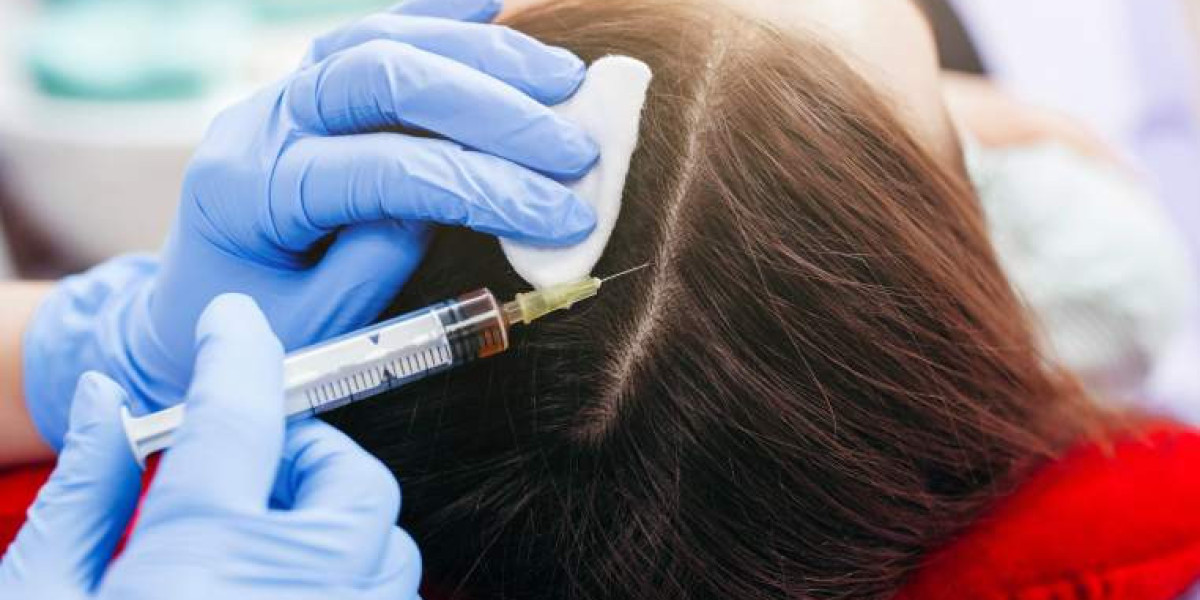Introduction
Alopecia is a common hair loss condition that affects millions of people worldwide. It can be a distressing experience, impacting self-esteem and confidence. Understanding the causes, types, and treatment options for alopecia is essential to provide support and guidance to those affected by this condition. In this article, we will explore the various aspects of alopecia and shed light on its management.
What is Alopecia?
Alopecia is a medical term used to describe hair loss. It can occur on the scalp or any other part of the body where hair grows. This condition can affect individuals of any age, gender, or ethnicity. Hair loss can range from mild to severe, leading to complete baldness in some cases. Alopecia is not a contagious disease, but its psychological impact should not be underestimated.
What are the Causes of Alopecia?
There are several causes of alopecia, and it is important to identify the underlying factor to determine the most appropriate treatment approach. Here are some common causes:
Androgenetic Alopecia: This is the most common form of alopecia, commonly known as male or female pattern baldness. It is believed to be caused by a combination of genetic and hormonal factors.
Alopecia Areata: This type of alopecia is thought to be an autoimmune disorder. The immune system mistakenly attacks the hair follicles, causing hair loss.
Telogen Effluvium: Hair loss triggered by severe stress, illness, surgery, or hormonal changes can result in telogen effluvium. This condition disrupts the hair growth cycle, leading to excessive shedding.
Trichotillomania: This is a psychological disorder characterized by the irresistible urge to pull out one's own hair. It can lead to hair loss and scalp damage.
Types of Alopecia
Alopecia can manifest in different forms, each with its own unique characteristics. Understanding the types of alopecia can help individuals and healthcare professionals determine appropriate management strategies. Here are some common types:
Androgenetic Alopecia: As mentioned earlier, this type of alopecia is genetic and hormone-related. It is more prevalent in men, but women can also be affected. Male pattern baldness typically results in a receding hairline and thinning at the crown, while female pattern baldness involves overall thinning of the hair.
Alopecia Areata: Alopecia areata is characterized by round or oval patches of hair loss on the scalp or body. In some cases, it can progress to complete baldness (alopecia totalis) or hair loss throughout the body (alopecia universalis).
Traction Alopecia: This type of alopecia is caused by excessive tension and pulling on the hair. It is commonly seen in individuals who frequently wear tight hairstyles, such as braids or ponytails. Traction alopecia can lead to gradual hair loss in the affected areas.
Treatment Options for Alopecia
The treatment options for alopecia depend on the type and severity of the condition. While there is no cure for some forms of alopecia, various treatments can promote hair regrowth and manage the symptoms. Here are some common treatment options:
Medications: Prescription medications such as minoxidil and finasteride can help stimulate hair growth and slow down the progression of androgenetic alopecia. Corticosteroids may also be used to treat alopecia areata by reducing inflammation and suppressing the immune system.
Topical Treatments: Topical treatments, such as creams or foams containing minoxidil, can be applied directly to the scalp to promote hair regrowth.
Injections: For individuals with alopecia areata, injections of corticosteroids or other medications into the scalp can help stimulate hair regrowth in the affected areas.
Lifestyle Modifications: Making certain lifestyle changes, such as reducing stress levels, maintaining a balanced diet, and avoiding harsh hair treatments, can promote overall hair health and prevent further hair loss.
Conclusion
Understanding the causes, types, and treatment options for alopecia is crucial for providing support and guidance to those affected by this condition. While alopecia can be challenging to manage, various treatments and lifestyle modifications can help individuals regain confidence and promote hair regrowth. If you or someone you know is experiencing hair loss, it is advisable to consult a healthcare professional for an accurate diagnosis and personalized treatment plan.





